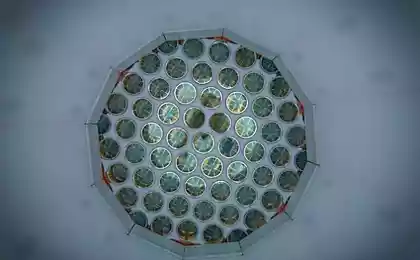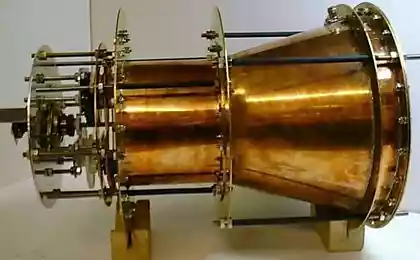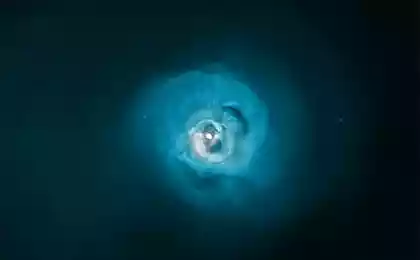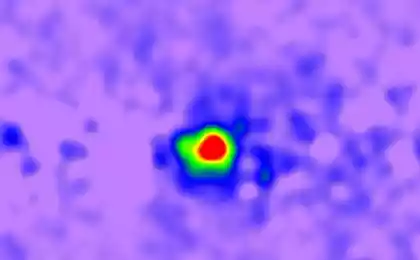961
10 seats to the "dark history" or eerie atmosphere
Many people are fascinated by the aura of danger and death, so they visit attractions that are famous because of their "dark history" or the eerie atmosphere.
Cemetery for those killed by the collapse of the Titanic (Halifax, Canada)
We all remember that the Titanic struck an iceberg and sank April 15, 1912. Halifax (Nova Scotia, Canada) were sent search and rescue teams to assist survivors. Also removed from the cold water of the dead. Many of the dead (mostly members of the crew and passengers of the third class) were buried in the cemetery Fairview Lawn-in Halifax. Every year this place is visited by hundreds of tourists.
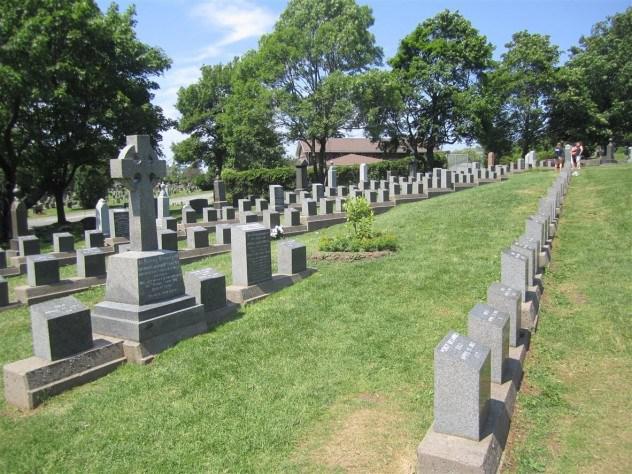
Country house Hitler Kehlsteinhaus (Berchtesgaden, Bavaria)
Kehlsteinhaus (nicknamed the "Eagle's Nest") - a tea house, which was a gift of the NSDAP on the 50th anniversary of Adolf Hitler. Erection of the building went from 1937 to 1938. House built at an altitude of 1834 m. Currently, traffic to the "Eagle's Nest" is allowed only for special vehicles and tourist buses.
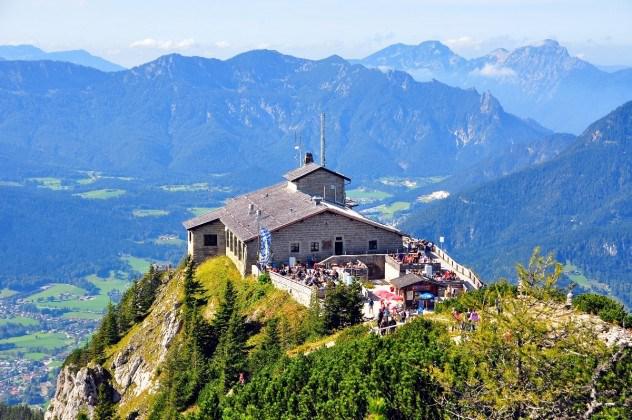
Tower of Skulls (Nis, Serbia)
In Serbia is very eerie monument, called the Skull Tower. He refers to the time of the first Serbian uprising. May 31, 1809 at Mount Chegar, a few kilometers from Nis, the rebels were defeated in the battle with the forces of the Ottoman Empire. By order of Khurshid Pasha corpses were decapitated and the skull - mounted in the tower. It's intimidating building was to serve as a warning to those who try to rebel against the Ottoman Empire. In 1979, the tower Skull Tower recognized as a cultural monument and is open to the public.
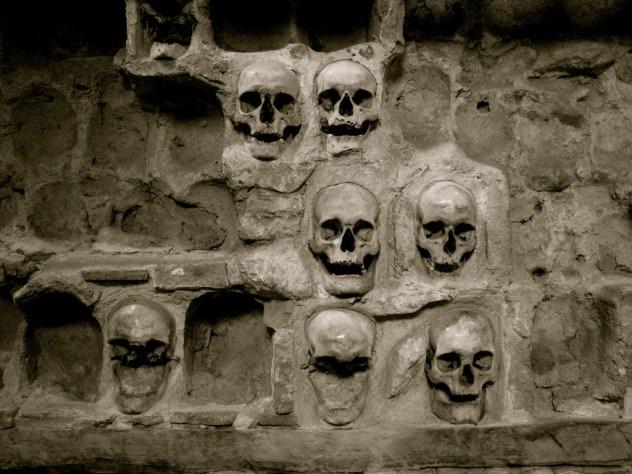
Atomic Bomb Museum (Nagasaki, Japan)
The atomic bombing of Nagasaki, which occurred August 9, 1945, was not forgotten. The infamous city opened a "Museum of the atomic bomb." In it, anyone can learn the fate of Nagasaki after the bombing. Here are pictures, relics and documents, as well as video. Next to the museum is an international hall of memory of victims of the atomic bombing.
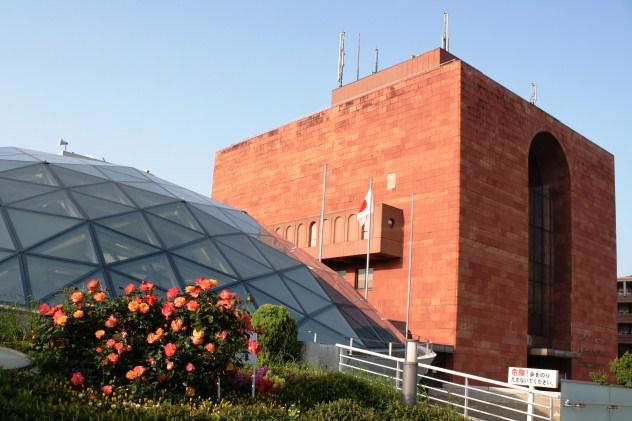
Imperial Crypt (Vienna, Austria)
Under the Capuchin church in Vienna is a crypt in which are buried 12 emperors, empresses 19 and buried other members of the Habsburg family name (of 137 people). Naturally, this place is not for the faint-hearted viewers. Crypt beautifully decorated with figures of angels, images of skulls. Scary picture is completed by 4 urns with the deceased embalmed hearts.
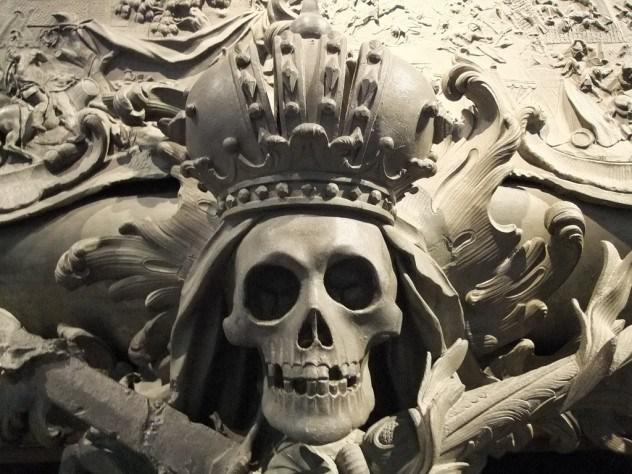
Museum and library dedicated to pathological anatomy (Brooklyn, NY)
Historian, photographer and designer Joanna Ebenshteyn from New York to create a museum and a library where you can find any information related to the study of death and medicine.
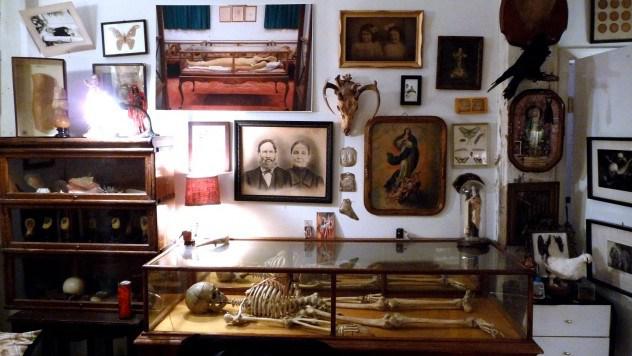
Pompeii (Naples, Italy)
From history we know what happened to the ancient Roman city of Pompeii. Due to the eruption of Vesuvius 24 August 79, he was buried under a layer of volcanic ash. Until now, this city continues to dig. Archaeologists have found well-preserved body, home, household utensils. Pompeii is now turned into a real open-air museum.

Gulf wrecks (Chuuk Islands)
Chuuk - a group of small islands in the south-western Pacific Ocean. These places are famous because of Truk Lagoon, where there is a myriad of wrecks. The fact that it was here during the Second World War were sunk Japanese warships, planes and guns. Divers love this place.
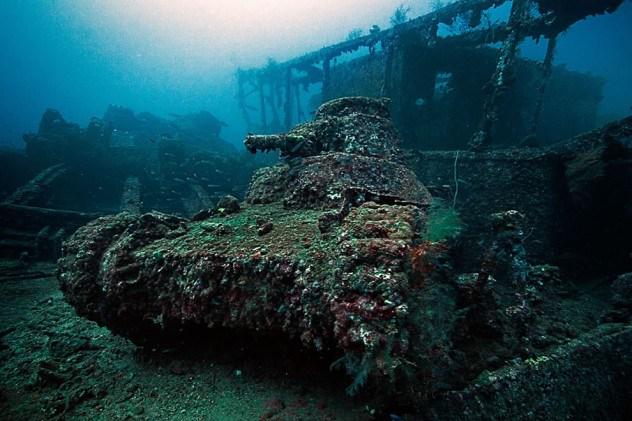
Akodessewa Fetish Market (Loma, Republic of Togo)
In Lome is the largest fetish market in the world. In the open air here sell thousands of items (dried heads of dogs, cats, monkeys and wild animals, skulls, carcasses of birds and rodents, etc.) necessary for witches rites.
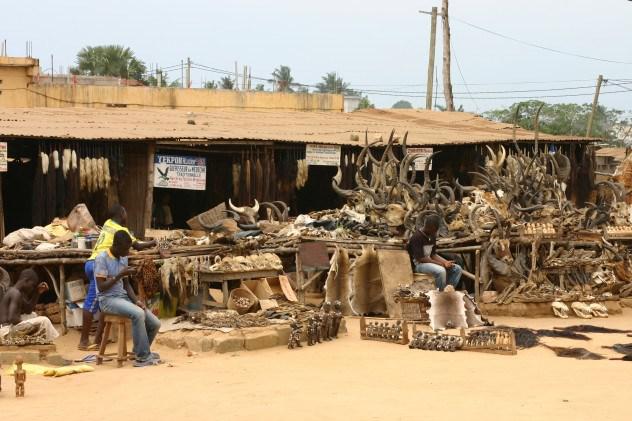
Farm corpses (Knoxville, TN, USA)
Officially, it's called "Laboratory of Anthropological Research at the University of Tennessee." In the "farm" lie almost two hundred bodies. Some of them are buried, while others are left to decompose on the grass or under the trees. The fact that the purpose of the place - to find out what happens to the human body after death. At one time, "farm corpses" revolutionized forensic anthropology, turning worms, decomposition and other horrors in material for everyday scientific research.
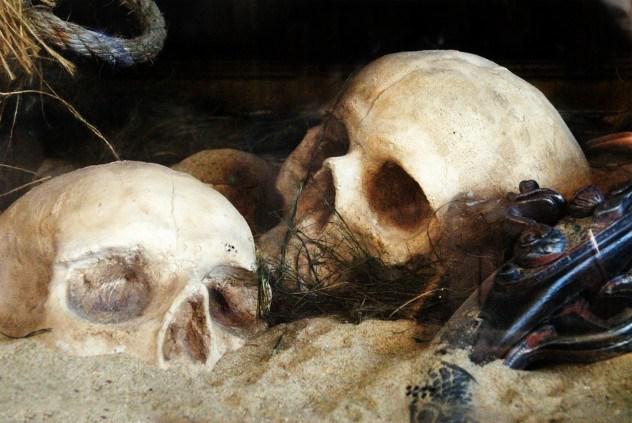
Cemetery for those killed by the collapse of the Titanic (Halifax, Canada)
We all remember that the Titanic struck an iceberg and sank April 15, 1912. Halifax (Nova Scotia, Canada) were sent search and rescue teams to assist survivors. Also removed from the cold water of the dead. Many of the dead (mostly members of the crew and passengers of the third class) were buried in the cemetery Fairview Lawn-in Halifax. Every year this place is visited by hundreds of tourists.

Country house Hitler Kehlsteinhaus (Berchtesgaden, Bavaria)
Kehlsteinhaus (nicknamed the "Eagle's Nest") - a tea house, which was a gift of the NSDAP on the 50th anniversary of Adolf Hitler. Erection of the building went from 1937 to 1938. House built at an altitude of 1834 m. Currently, traffic to the "Eagle's Nest" is allowed only for special vehicles and tourist buses.

Tower of Skulls (Nis, Serbia)
In Serbia is very eerie monument, called the Skull Tower. He refers to the time of the first Serbian uprising. May 31, 1809 at Mount Chegar, a few kilometers from Nis, the rebels were defeated in the battle with the forces of the Ottoman Empire. By order of Khurshid Pasha corpses were decapitated and the skull - mounted in the tower. It's intimidating building was to serve as a warning to those who try to rebel against the Ottoman Empire. In 1979, the tower Skull Tower recognized as a cultural monument and is open to the public.

Atomic Bomb Museum (Nagasaki, Japan)
The atomic bombing of Nagasaki, which occurred August 9, 1945, was not forgotten. The infamous city opened a "Museum of the atomic bomb." In it, anyone can learn the fate of Nagasaki after the bombing. Here are pictures, relics and documents, as well as video. Next to the museum is an international hall of memory of victims of the atomic bombing.

Imperial Crypt (Vienna, Austria)
Under the Capuchin church in Vienna is a crypt in which are buried 12 emperors, empresses 19 and buried other members of the Habsburg family name (of 137 people). Naturally, this place is not for the faint-hearted viewers. Crypt beautifully decorated with figures of angels, images of skulls. Scary picture is completed by 4 urns with the deceased embalmed hearts.

Museum and library dedicated to pathological anatomy (Brooklyn, NY)
Historian, photographer and designer Joanna Ebenshteyn from New York to create a museum and a library where you can find any information related to the study of death and medicine.

Pompeii (Naples, Italy)
From history we know what happened to the ancient Roman city of Pompeii. Due to the eruption of Vesuvius 24 August 79, he was buried under a layer of volcanic ash. Until now, this city continues to dig. Archaeologists have found well-preserved body, home, household utensils. Pompeii is now turned into a real open-air museum.

Gulf wrecks (Chuuk Islands)
Chuuk - a group of small islands in the south-western Pacific Ocean. These places are famous because of Truk Lagoon, where there is a myriad of wrecks. The fact that it was here during the Second World War were sunk Japanese warships, planes and guns. Divers love this place.

Akodessewa Fetish Market (Loma, Republic of Togo)
In Lome is the largest fetish market in the world. In the open air here sell thousands of items (dried heads of dogs, cats, monkeys and wild animals, skulls, carcasses of birds and rodents, etc.) necessary for witches rites.

Farm corpses (Knoxville, TN, USA)
Officially, it's called "Laboratory of Anthropological Research at the University of Tennessee." In the "farm" lie almost two hundred bodies. Some of them are buried, while others are left to decompose on the grass or under the trees. The fact that the purpose of the place - to find out what happens to the human body after death. At one time, "farm corpses" revolutionized forensic anthropology, turning worms, decomposition and other horrors in material for everyday scientific research.


